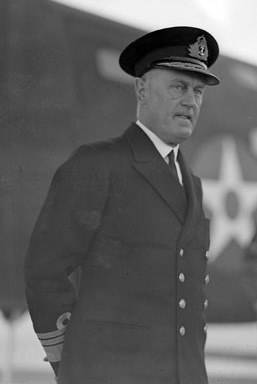
Vice-Admiral Sir Humphrey Thomas Walwyn, was an officer of the Royal Navy, who served during the Second Boer War and First World War, and was the Commander-in-Chief of the Royal Indian Navy from 1928 until his retirement in 1934. He then served as Governor of Newfoundland from 1936, throughout the Second World War, until 1946.
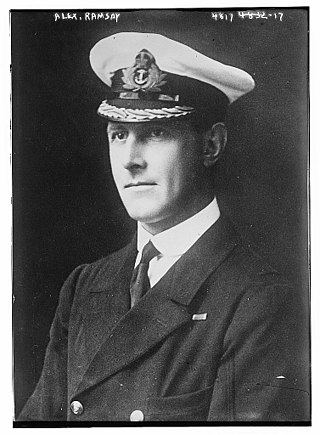
Admiral Sir Alexander Robert Maule Ramsay, was a Royal Navy officer. He was the husband of Princess Patricia of Connaught, the youngest child of Prince Arthur, Duke of Connaught and Strathearn, third son of Queen Victoria. He served with distinction during the First World War. During the 1920s and 1930s, he held several important naval aviation commands.

Admiral Sir Percy Molyneux Rawson Royds CB CMG ADC was a British admiral and politician.
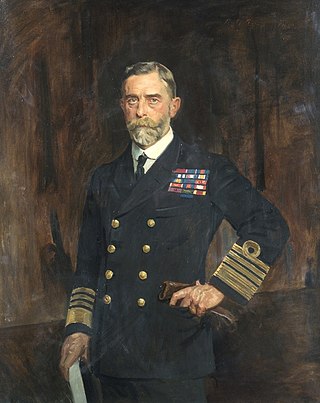
Admiral of the Fleet Sir Charles Edward Madden, 1st Baronet,, was a Royal Navy officer who served during the First World War as Chief of the Staff to Sir John Jellicoe in the Grand Fleet from 1914 to 1916 and as Second-in-Command of the fleet under Sir David Beatty from 1916 to 1919. He was Commander-in-Chief of the Atlantic Fleet after the war and served as First Sea Lord in the late 1920s. In that role, in order to avoid an arms race, he accepted parity with the United States in the form of 50 cruisers defending his position on the basis that he only actually had 48 cruisers anyway.
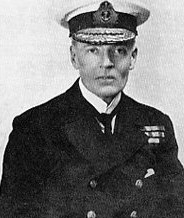
Admiral of the Fleet Sir Frederick Laurence Field, was a senior Royal Navy officer. He served in the Boxer Rebellion as commander of a raiding party and in the First World War as commanding officer of the battleship HMS King George V, flagship of Admiral Martyn Jerram at the Battle of Jutland in May 1916. He went on to be Commander-in-Chief, Mediterranean Fleet before serving as First Sea Lord during the early 1930s, in which role he dealt with the response to the Invergordon Mutiny in September 1931 and ensured the abandonment in 1932 of the 'ten-year rule', an attempt by the treasury to control defence expenditure by requesting the Foreign Office to declare whether there was any risk of war during the next ten years.
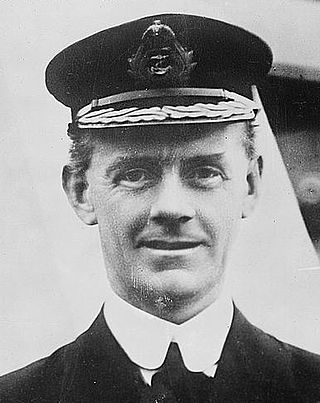
Admiral Sir Lionel Halsey, was a Royal Navy officer and courtier.
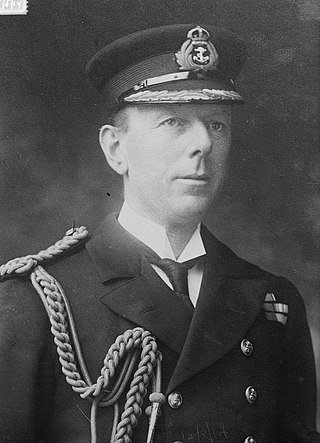
Admiral Sir Stanley Cecil James Colville, was a senior Royal Navy officer.

Admiral of the Fleet Sir Osmond de Beauvoir Brock, was a Royal Navy officer. Brock served as assistant director of naval intelligence and then as assistant director of naval mobilisation at the Admiralty in the early years of the 20th century. During the First World War Brock commanded the battlecruiser HMS Princess Royal at the Battle of Heligoland Bight and at the Battle of Dogger Bank. He then commanded the 1st Battlecruiser Squadron with his flag in HMS Princess Royal at the Battle of Jutland.

Admiral Sir Henry Harvey Bruce was a British Royal Navy officer.
Admiral Sir Eric John Arthur Fullerton was a Royal Navy officer.
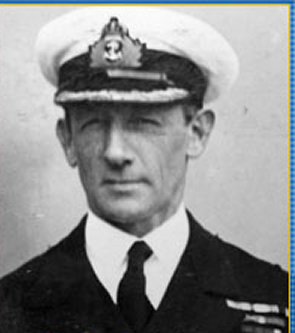
Admiral Sir Gerald Louis Charles Dickens was a senior Royal Navy officer and the grandson of Victorian novelist Charles Dickens.

Vice-Admiral Sir Edward Henry Fitzhardinge Heaton-Ellis, KBE, CB, MVO was a British Royal Navy officer.
Vice-Admiral Berwick Curtis CB CMG DSO & Bar was a British Royal Navy officer.
Rear Admiral Hugh Richard Marrack was a submarine specialist serving in the British Royal Navy, who commanded both the Portland and China Submarine flotillas and was Commodore Superintendent, Gibraltar, 1943–45. Marrack later became an ADC to King George VI.
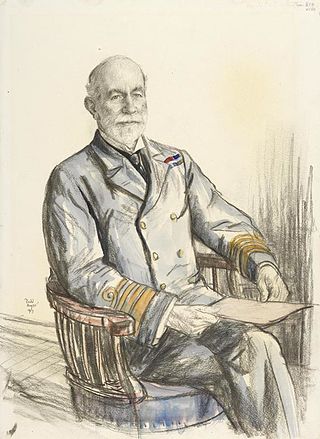
Admiral Sir Frederick Tower Hamilton was a senior Royal Navy officer who went on to be Second Sea Lord and Chief of Naval Personnel.
Admiral Sir Edmund Percy Fenwick George Grant, was a Royal Navy officer who served as First Naval Member and Chief of the Australian Naval Staff from 1919 to 1921.
Admiral Vivian Henry Gerald Bernard, CB was a senior British Royal Navy officer.

Rear Admiral Burges Watson, was a Royal Navy officer who became Admiral Superintendent, Malta Dockyard.
Vice admiral Alexander Victor Campbell CB, DSO, MVO was a Royal Navy officer who became Admiral Superintendent of Malta Dockyard.
Vice-Admiral Gerald Charles Adolphe Marescaux was a Royal Navy and British Army officer. Having joined the navy in 1873, Marescaux spent the majority of his time as a junior officer serving on surveying duties. Promoted to commander in 1896, he served as captain of ships undergoing trials at Sheerness until 1900. He was promoted to captain in 1903 and held commands at home and on the China Station before in 1910 he took command of the North of Ireland Coastguard. In 1913 he was made King's Harbour Master, Portland, and promoted to rear-admiral.












